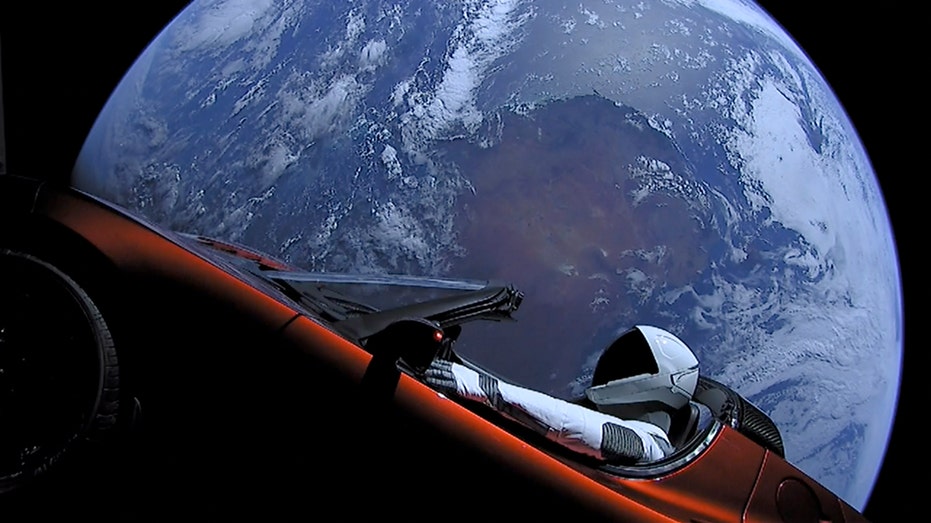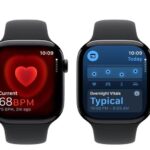NASA Confuses Elon Musk’s Tesla Roadster for a Real Asteroid in Space

An Out-of-This-World Prank Turns Out to Be Reality
Elon Musk’s playful sense of humor has once again taken a cosmic turn. In an amusing twist, astronomers recently mistook a well-known artificial object for a natural celestial body. This incident highlights the fascinating challenges faced by space monitoring agencies when tracking objects in Earth’s vicinity.
The Mix-Up: Tesla Roadster or Asteroid?
Seven years after SpaceX launched Elon Musk’s custom Tesla Roadster into space, astronomers from the Minor Planet Center at the Harvard-Smithsonian Center for Astrophysics in Massachusetts mistakenly identified it as a newly discovered asteroid earlier this month. The object, initially labeled 2018 CN41, was thought to be an untracked asteroid orbiting close to Earth.
From Asteroid to Artificial Object
However, just a day after the initial registration, the Minor Planet Center updated its records, revealing the true nature of the object. On January 3rd, they announced that 2018 CN41’s designation was being removed after it was confirmed that the object matched the orbit of an artificial satellite — specifically, Falcon Heavy’s upper stage launched along with Musk’s Tesla Roadster. The object was reclassified as part of space debris, not a natural asteroid.
-
Slate Auto Reveals Repair Strategy for Its Budget-Friendly Electric Trucks

-
Connecticut Man Loses Life Savings in Deceptive Cryptocurrency Scam

-
5 Innovative Tech Gifts for Mother’s Day That Show Your Love

-
Modern technologies in 2025: Artificial intelligence and innovative solutions that change the world

The Journey of the Tesla Roadster
Launched in February 2018 during SpaceX’s historic Falcon Heavy maiden flight, the Tesla Roadster was intended to orbit the Sun in an elliptical path, passing beyond Mars and returning closer to Earth. Musk previously estimated that the vehicle would eventually cross into the asteroid belt, traveling farther than Mars’ orbit.
At the time of the mistaken identification, the Roadster was less than 150,000 miles from Earth—closer than the Moon’s orbit. This proximity made it an object of interest for astronomers, who monitor near-Earth objects to understand potential collision risks and space traffic.
Implications for Space Monitoring and Future Missions
Jonathan McDowell, an astrophysicist at the Center for Astrophysics, commented on the incident, noting that it exemplifies the complications caused by untracked or poorly cataloged objects in space. He pointed out that, in some cases, billions are spent launching space missions only to realize upon arrival that the target is not a natural asteroid but an artificial object.
The Challenge of Tracking Space Debris
- Artificial objects like satellites and rocket stages can be mistaken for natural celestial bodies.
- Accurate tracking is essential to prevent misclassification and ensure space safety.
- With increasing space activity, monitoring space debris becomes more critical than ever.
Further Developments and Space Observation Efforts
The incident underscores the importance of continuous advancements in space observation and object classification technology. The Webb Telescope and other cutting-edge instruments play vital roles in providing detailed images and data, helping astronomers distinguish between natural and artificial objects in our solar system.
As space exploration progresses, the need for precise tracking and identification systems grows more urgent, ensuring that future discoveries are correctly understood and managed. For now, Elon Musk’s playful launch has provided an amusing yet educational reminder of the complexities involved in space observation.
